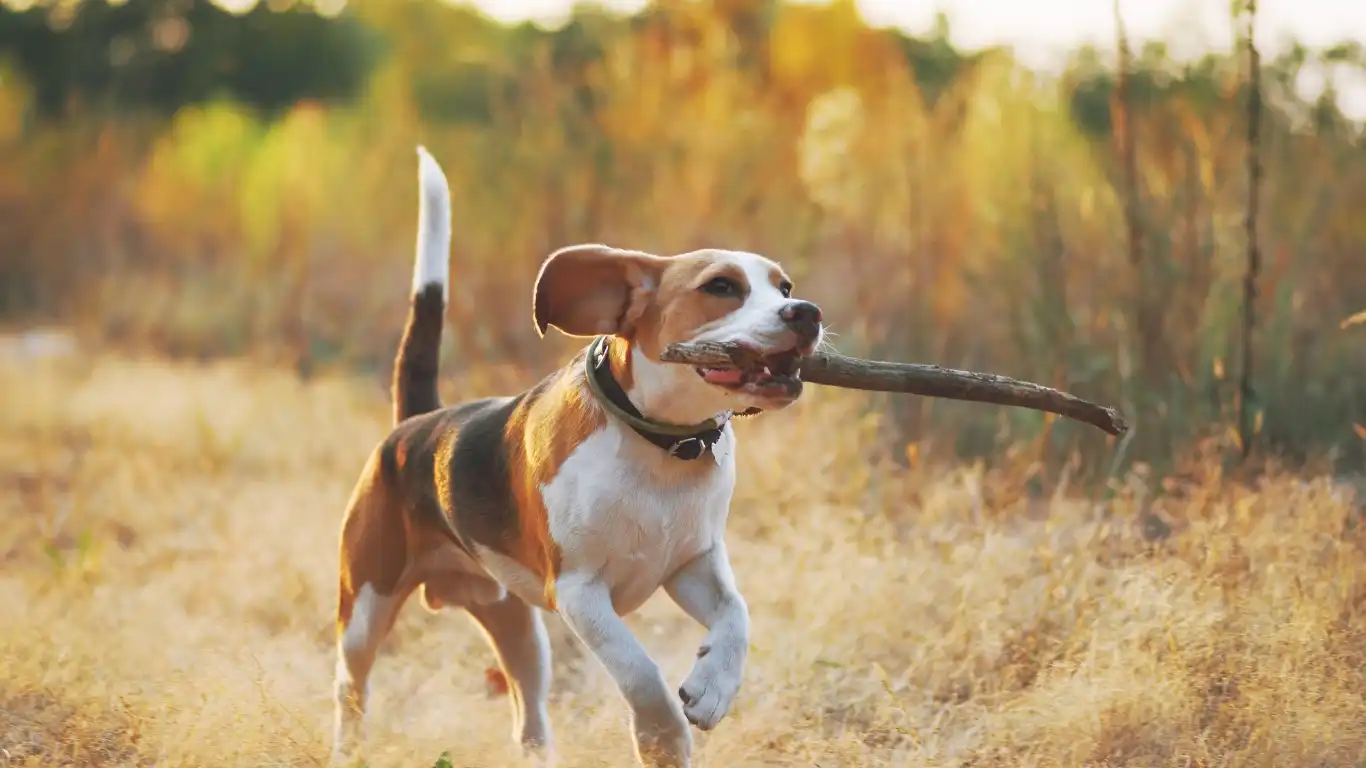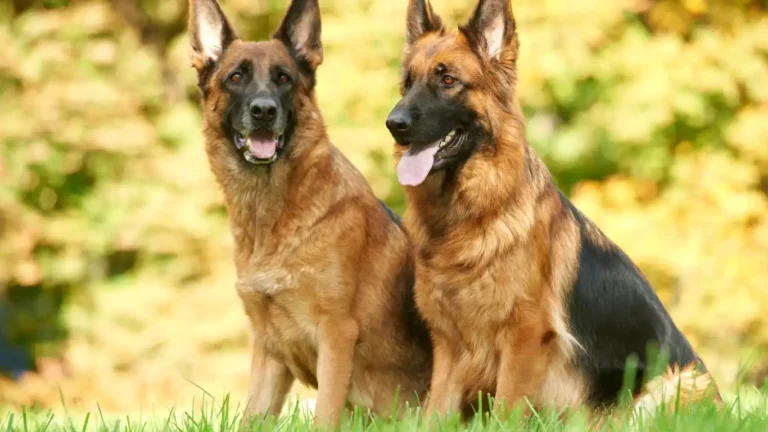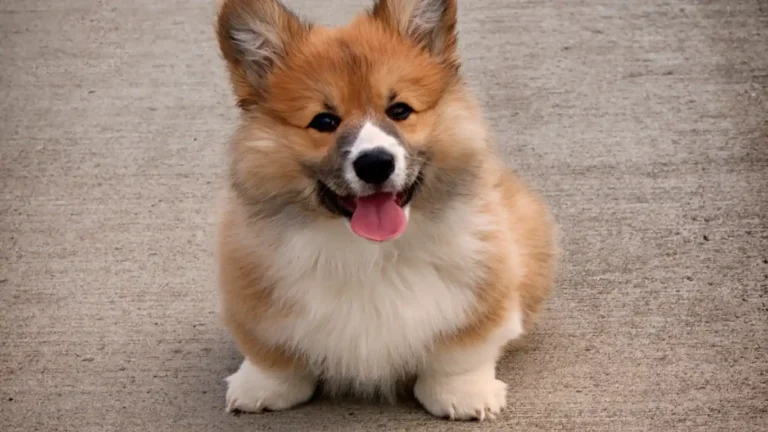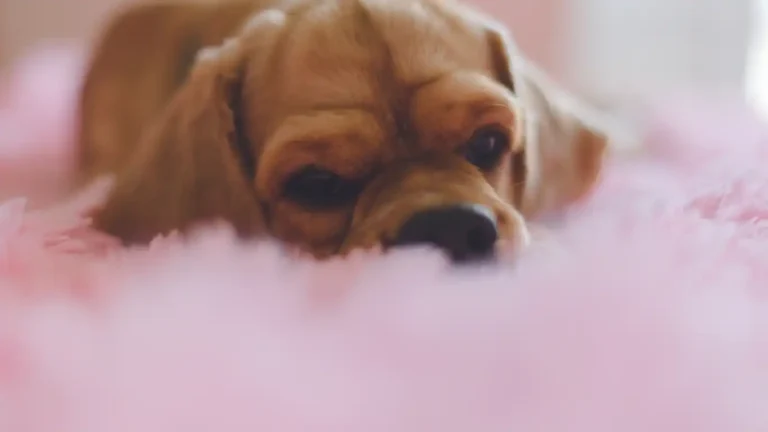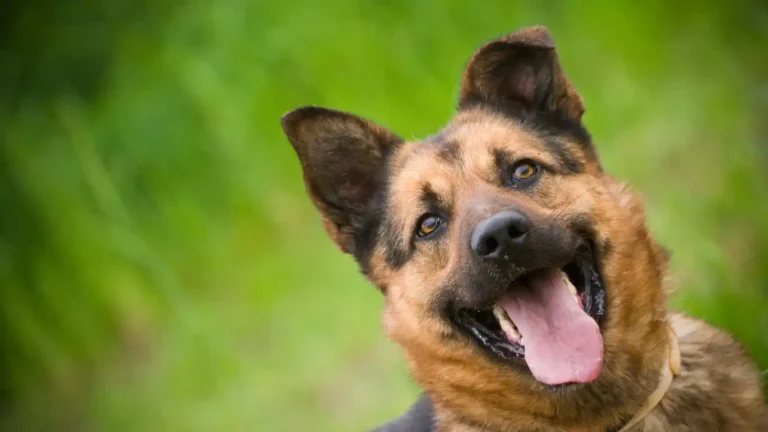Stop Your Dog’s Constant Licking: Proven Tips That Actually Work
Ever caught your pup in a marathon licking session—paws, the floor, your jeans, the couch, even thin air? If you’re wondering how to help a dog with frequent licking behavior, you’re definitely not alone. As someone who’s been deep in the vet tech world for years (with a special love for nutrition), I’ve met so many pet parents at their wits’ end about this very thing. And yeah, I’ve seen my fair share of dogs who treat their paws like a chew toy buffet. While sometimes it’s no big deal, other times it’s a flashing neon sign that something’s off.
Why Is My Dog Licking So Much? Let’s Break It Down
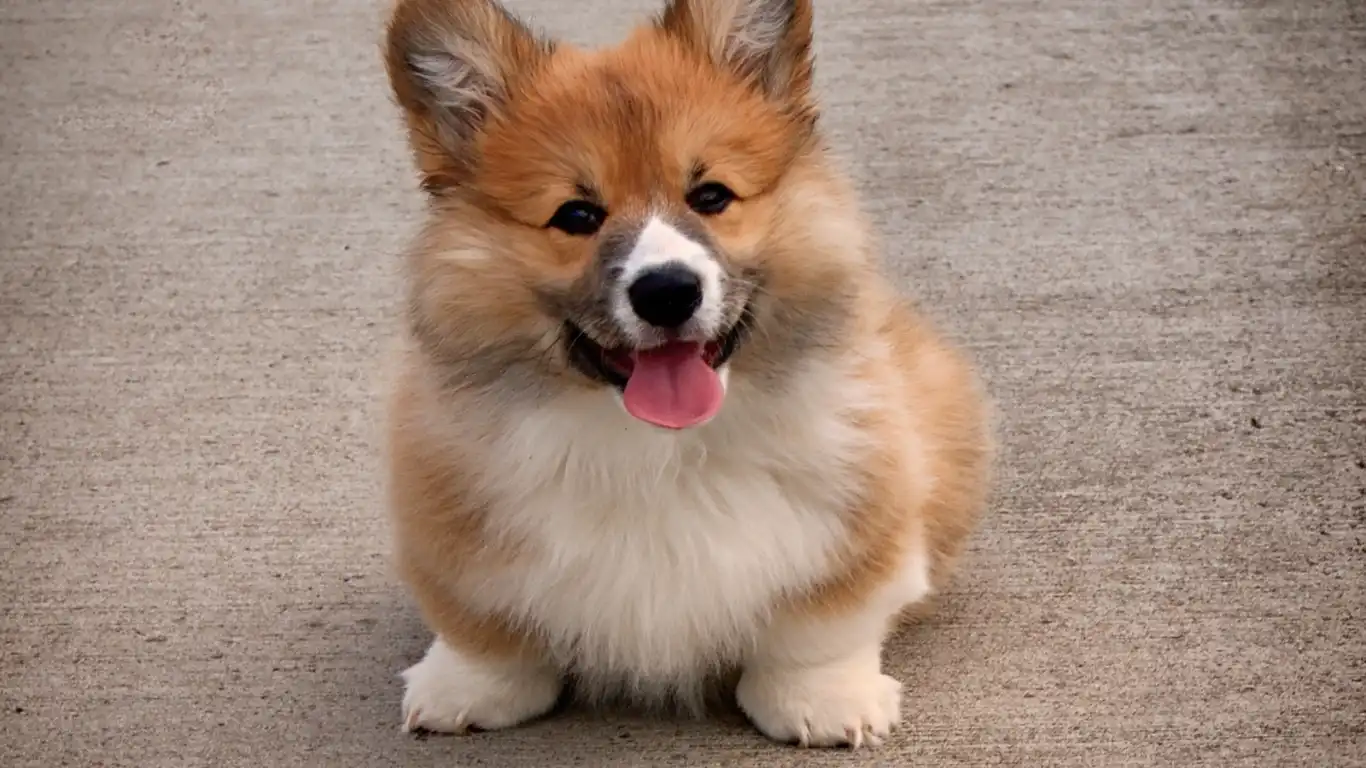
This is probably the most common question I get asked when someone brings their dog in for a consult. The tricky part is, licking can be super normal—or a red flag. It’s all about context, frequency, and what else is going on.
Normal Licking vs. Not-So-Normal
All dogs lick—it’s part of their self-care toolkit. A quick lick here and there? Totally fine. But when it becomes obsessive, like licking one paw for 10 minutes straight or waking up in the middle of the night just to lick the air? That’s when I raise an eyebrow.
- Grooming: Dogs naturally lick to keep themselves clean.
- Communication: Sometimes, licking is their way of bonding or saying, “Hey, I like you!”
- Anxiety or stress: Yup, just like us biting nails or tapping feet.
- Allergies: Environmental, food-related, or even seasonal allergies can trigger excessive licking.
- Pain or discomfort: Think arthritis, wounds, or skin infections.
Here’s a quick story—one of my long-time clients, Max the golden retriever, used to obsessively lick his front paws every evening. His mom thought it was just a quirky habit. Turns out, poor Max had a yeast infection brewing between his toes. Once we cleared it up and tweaked his diet, the licking almost vanished.
The Hidden Culprits: Digging Into the Root Causes
Frequent licking can be your dog’s SOS signal. One of the most overlooked causes I’ve seen? Food sensitivities. Dogs react to food in so many weird ways, and licking is often part of that. If you’ve ruled out injuries or obvious infections, it might be time to look at what’s in their bowl.
Other sneaky triggers include:
- Dry skin from low humidity or poor nutrition.
- Boredom—especially in high-energy breeds that need stimulation.
- Parasites (yup, fleas and mites love to stir up trouble).
- Behavioral issues or compulsive disorders—some dogs develop these the same way we get stuck in habits.
How to Help a Dog with Frequent Licking Behavior: Where to Start
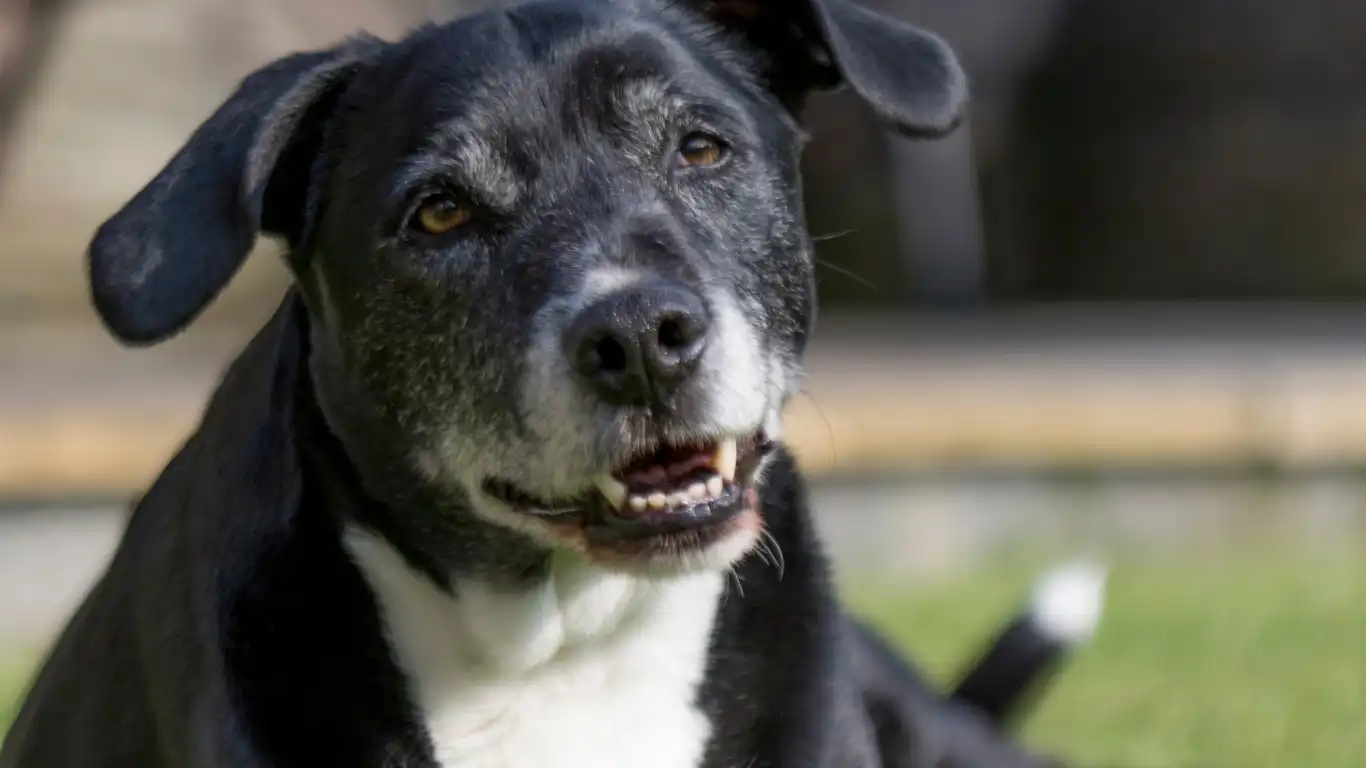
So what can you do? First off, don’t panic. It’s tempting to run to Google (or your pantry), but step one is always observation. Track when the licking happens, how often, and if anything seems to trigger it—meals, walks, new shampoos, visitors, etc.
Step-by-Step Approach (from a Vet Tech’s Toolkit)
- Inspect those paws: Look for redness, swelling, or cuts. Check between the toes, too.
- Note any patterns: Is it seasonal? After meals? During fireworks?
- Rule out parasites: Flea dirt, scratching, or patches of missing fur are all clues.
- Switch to a limited ingredient diet: This has helped so many of my clients uncover hidden food triggers.
- Enrichment, enrichment, enrichment: Puzzle toys, longer walks, scent games—whatever keeps that brain busy!
I once worked with a super sweet bulldog named Luna who would lick the base of her tail raw. We tried everything—topicals, allergy meds, even booties. Turned out she was just bored out of her mind. Once we started rotating her toys and adding more mental challenges to her day, the licking dropped by like 80%. Sometimes, it’s not about stopping the licking—it’s about addressing the why.
Could It Be Anxiety? Understanding the Emotional Side
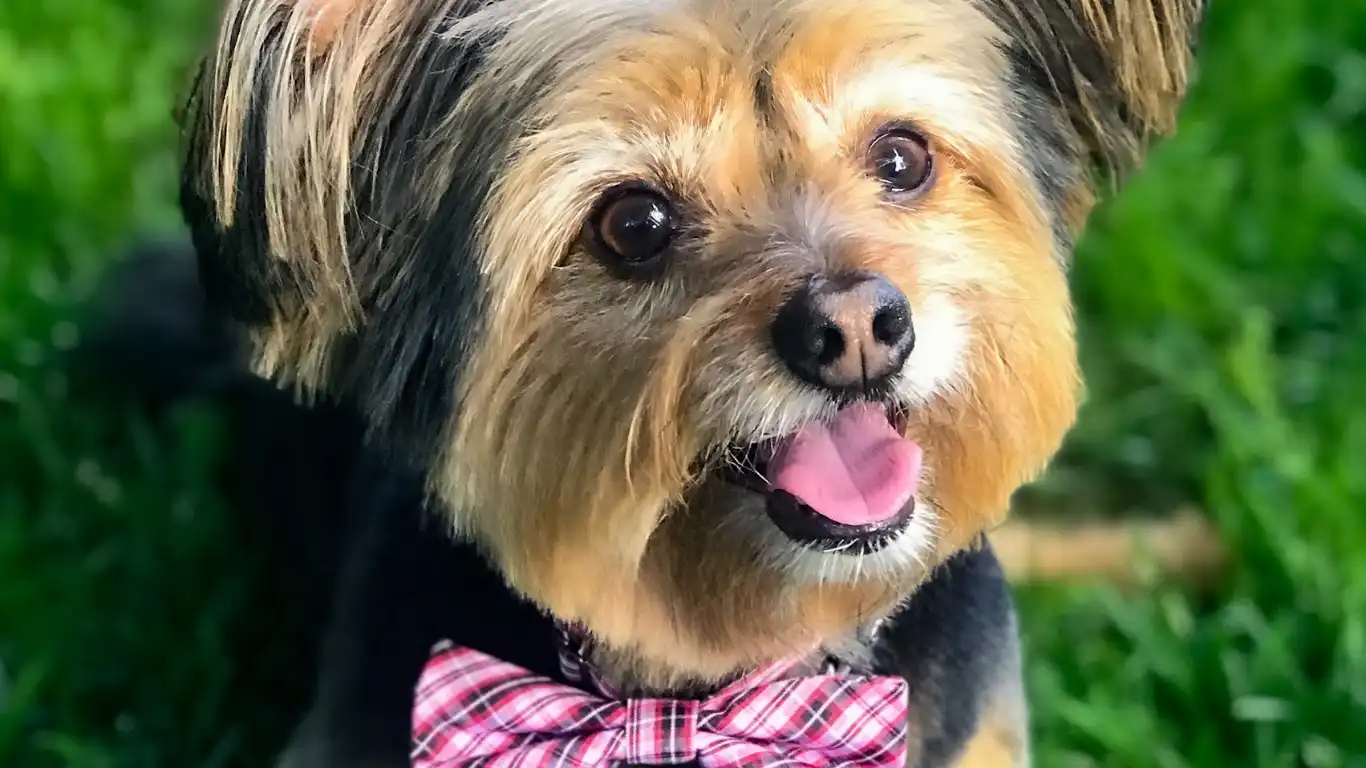
This is a big one. Dogs are emotional sponges, and anxiety-driven licking is very real. Whether it’s separation anxiety, loud noises, or just changes in their routine, stress can manifest physically—and licking is a common outlet.
Signs It Might Be Anxiety-Related
- Licking during or after stressful events (like being left alone).
- Other behaviors like whining, pacing, or destructive chewing.
- Clingy behavior or hiding.
If this sounds like your pup, don’t worry—I’ll dive deeper into some calming techniques and supplement ideas in a bit. But for now, just know you’re not imagining it. This stuff is legit, and there are ways to help.
Practical Tips to Curb Excessive Licking Without Stressing Your Pup Out
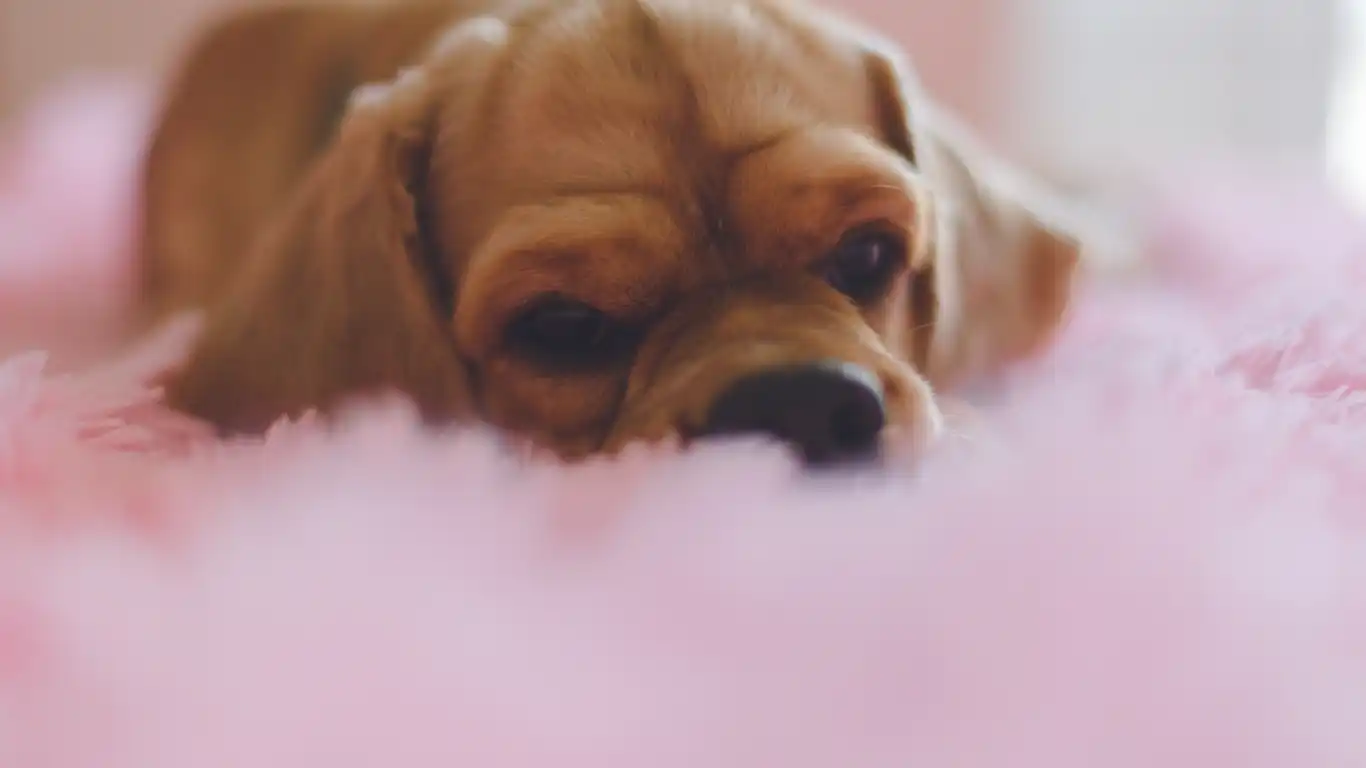
Alright, let’s talk real-world solutions. Once you’ve got a better idea of why the licking is happening, it’s time to put together a game plan. This is where I’ve seen the biggest wins for pet parents—and where I’ve personally seen dogs go from lick-happy to chill in just a few weeks.
Addressing Physical Causes First
If there’s something physical triggering the licking, that has to be tackled before anything else. Here’s what I often recommend in my nutrition consults or during vet visits:
- Use dog-safe antiseptic wipes to gently clean paws after walks—especially during allergy seasons. Helps remove pollen, salt, or debris.
- Omega-3 supplements are a favorite of mine. Not only do they support skin health, they can calm inflammation like magic (okay, science).
- Switch to grain-free or novel protein diets if you suspect food sensitivities. I once helped a dog named Otis stop licking entirely after we transitioned him from chicken to a salmon-based formula.
- Booties or lick-proof sleeves can offer short-term relief while you address the root cause—but don’t rely on these forever. Think of them as a band-aid, not a cure.
When Diet Makes the Difference
I’ve lost count of how many pups I’ve helped just by tweaking their food. It’s wild how often diet gets overlooked when discussing how to help a dog with frequent licking behavior. I once worked with a poodle mix who had been licking her front leg raw. We ran an elimination diet and discovered she was sensitive to beef. Switched her over, and within two weeks—no more licking, no more inflamed skin, and a much happier pup.
If you’re unsure where to start, look for dog food labeled as “limited ingredient” and stick to a single protein source for a few weeks to monitor changes.
Natural Calming Tools for Anxiety-Based Licking
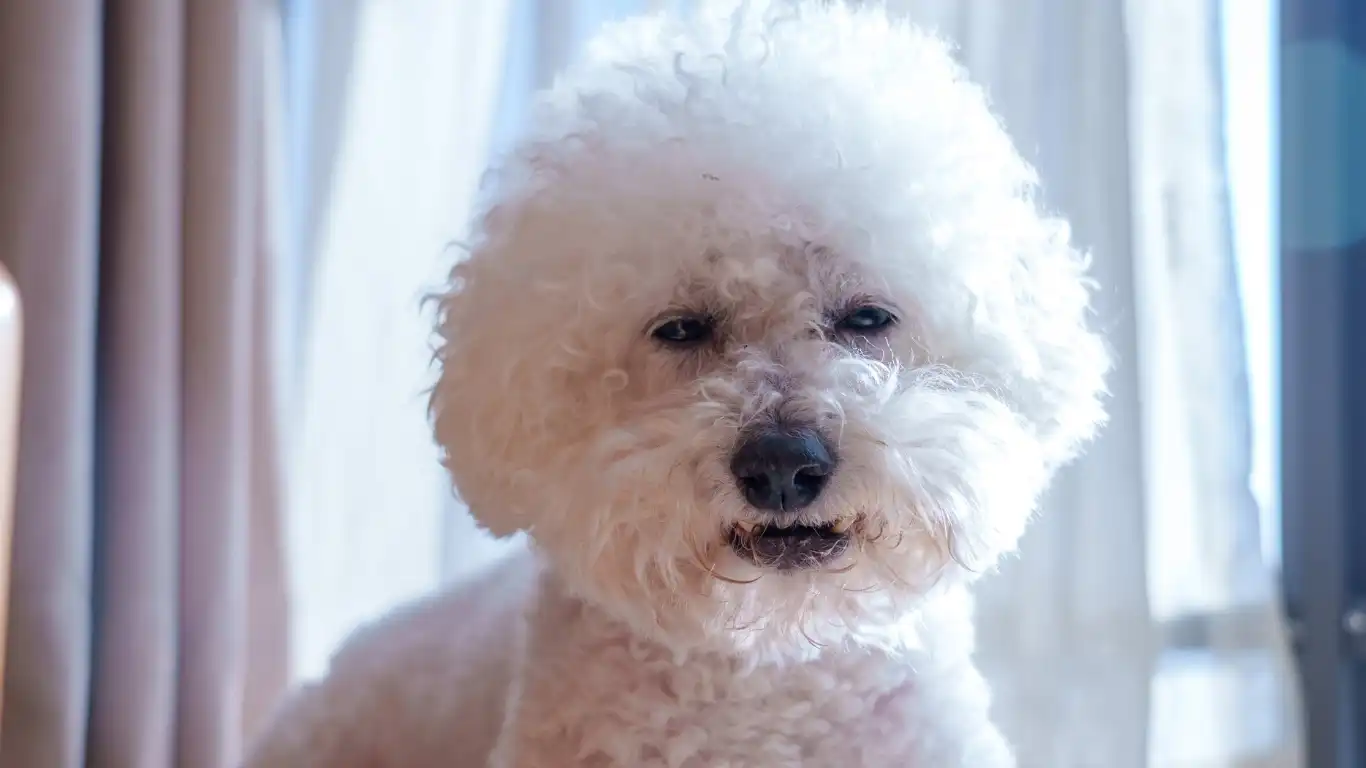
If you’re dealing with an anxious licker (and trust me, I’ve met many), calming support can go a long way. Behavioral licking takes time to fix, but you’ve got options:
My Favorite Calming Go-Tos
- Calming chews: Look for ones with ingredients like L-theanine, chamomile, and melatonin. Great for chill vibes without sedation.
- Snuffle mats and puzzle toys: These are lifesavers in keeping anxious brains busy. One of my clients swears by her dog’s daily “foraging routine.”
- White noise or dog-calming playlists: Seriously, I play spa music in the exam room sometimes and it works wonders.
- Thundershirts: Great for dogs who get stressed out by changes in environment, weather, or noise. I’ve used them in-clinic for nervous pups and seen instant relaxation.
Consider Professional Help for Deep-Rooted Anxiety
For more serious cases, talk to your vet or a veterinary behaviorist. They might recommend anti-anxiety meds, behavior modification training, or even acupuncture. I’ve shadowed behaviorists who’ve completely turned things around for dogs that had been licking themselves into hot spots for years.
What Not to Do: Common Mistakes to Avoid
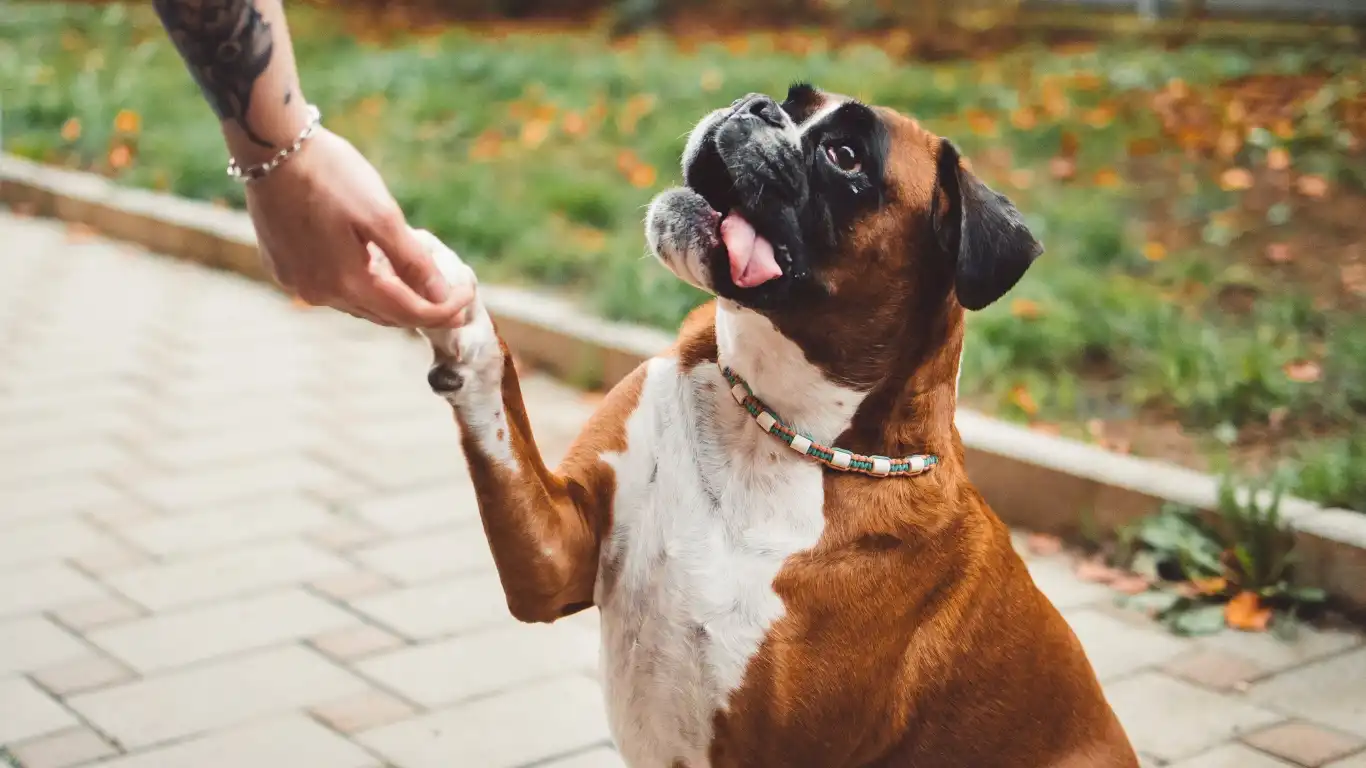
When your dog’s licking is driving you nuts, it’s tempting to yell “No!” or try to stop it with sprays or punishment. But that approach can backfire big time. I’ve seen pups become more anxious or sneak off to lick when no one’s watching.
Here’s What I Advise Against:
- Don’t punish the behavior—it won’t fix the root issue and could make things worse.
- Avoid over-bathing—too many baths can strip natural oils and worsen dry skin.
- Don’t ignore the signs—what looks like a quirk could be a health issue in disguise.
- Stop switching foods constantly—give changes time to show results (usually 2–3 weeks).
Just recently, I had a client tell me they were using vinegar spray every time their dog licked. Oof. Not only did it damage the skin further, but the pup became super hand-shy. Once we stopped the spray and introduced calming strategies, he relaxed and the licking improved without the drama.
Setting Your Dog Up for Long-Term Success
This is where consistency becomes your best friend. Whether your dog’s licking is caused by allergies, boredom, or anxiety, daily habits can make a world of difference. I always tell pet parents: little things add up. Clean paws daily, enrich their environment, feed quality food, and—most importantly—listen to what your dog’s trying to tell you.
Dogs don’t just lick for fun. It’s a message, and once you learn to decode it, you’re in a way better position to help your pup feel comfortable, calm, and happy.
Creating a Long-Term Plan to Manage and Prevent Licking
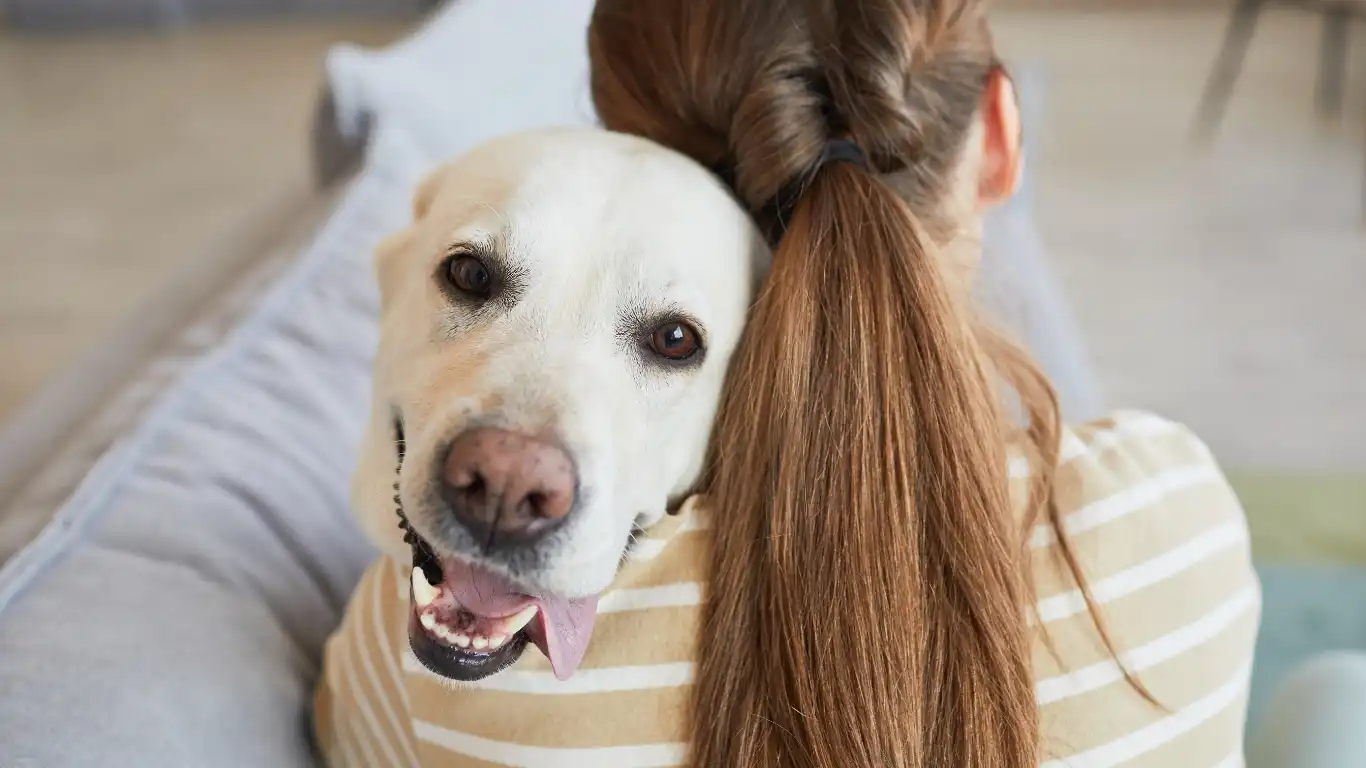
So now that we’ve covered the possible reasons and immediate steps you can take, let’s shift gears and look at how to create a sustainable, long-term approach for managing licking. Whether your dog licks due to anxiety, allergies, or just boredom, consistency is your secret weapon here.
I like to think of this part like a wellness routine—it’s not about chasing every symptom but building habits that support your dog’s overall health. And yes, it takes a little trial and error. I’ve had clients text me weeks after a consult with: “Bianca! It was the laundry detergent the whole time!” Yep, even the weird stuff matters.
Routine Is Everything
Dogs thrive on predictable schedules. Even subtle shifts like setting regular walk times, consistent feeding hours, and mental enrichment windows can ease anxiety and minimize compulsive behaviors like licking.
- Regular grooming: Brushing reduces debris buildup and skin irritation—especially for breeds prone to allergies.
- Monthly check-ins: Even if it’s just a skin inspection or quick note on behavior, staying aware keeps you ahead of problems.
- Maintain a food journal: I can’t emphasize this enough. If you’ve ever done an elimination diet with your dog, you know how helpful this is. Track changes, reactions, poop quality (sorry, but it matters!), and skin condition.
I once had a sweet terrier mix named Daisy whose owner swore by her color-coded “lick tracker.” We pinpointed a seasonal allergy pattern that kicked off every spring—and thanks to her notes, we adjusted Daisy’s supplements just in time each year.
How Nutrition Plays a Bigger Role Than Most People Realize
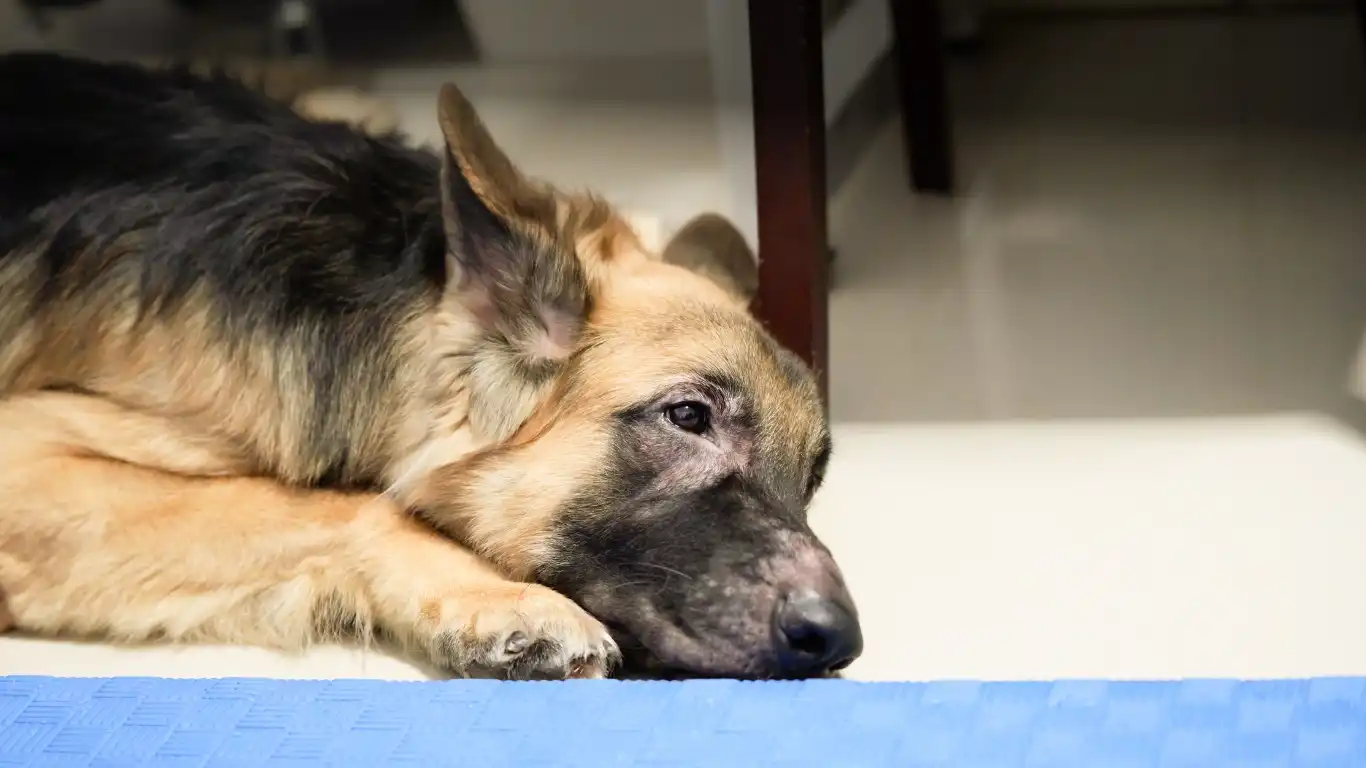
Look, I specialize in pet nutrition for a reason—it works. So many pet parents come to me frustrated after trying topical creams, sprays, and vet visits… but no one addressed what the dog was eating. What goes in shows up on the outside, simple as that.
Feeding for Skin Health
- Choose a high-quality protein: Poor-quality kibble loaded with fillers can worsen inflammation. Think fresh, whole ingredients over by-products and vague “meat meals.”
- Add healthy fats: I’m talking sardine oil, salmon oil, or flaxseed. Rich in Omega-3s, they’re anti-inflammatory and support a strong skin barrier.
- Watch out for common allergens: Chicken, beef, wheat, soy, and dairy top the list. Rotate proteins and stick with limited-ingredient formulas when needed.
When I see recurring licking behavior, my go-to plan almost always includes a dietary clean-up. And you’d be shocked how many dogs perk up with shinier coats, less itching, and calmer tummies—just from better food.
When to Call in a Pro
Okay, real talk: Sometimes, you can’t DIY your way out of a licking issue. And that’s totally okay. There’s a point when you need to bring in your vet, a certified veterinary behaviorist, or a nutrition specialist. I’ve had dogs in my care whose licking was linked to liver issues, thyroid imbalances, or even underlying pain that wasn’t obvious at first glance.
Signs You Should Seek Professional Help
- Licking continues for weeks despite changes.
- There are open wounds, raw spots, or signs of infection.
- You’ve already tried eliminating triggers with no luck.
- Your dog’s behavior seems obsessive, or they’re showing signs of stress, pacing, or compulsiveness.
Don’t wait too long. Getting the right diagnosis early saves a lot of discomfort—for both you and your pup.
Wrapping It Up: Every Lick Tells a Story
Helping a dog who licks constantly isn’t about a one-size-fits-all fix. It’s about putting the puzzle pieces together—health, environment, behavior, and diet. And sometimes, it’s about trusting your gut. You know your dog better than anyone else.
I always say: if your dog is trying to tell you something, listen. Even if it’s through a habit as frustrating as licking, there’s always a reason behind it. And with a little patience, observation, and support (from people like me and your vet), you can get your pup feeling good in their skin again—literally.
References
- American Veterinary Medical Association
- American Gastroenterological Association
- Tufts Clinical Nutrition Service
- ASPCA
Disclaimer
This article is for informational purposes only and is not intended to replace professional veterinary advice. Always consult with your veterinarian or a certified pet nutritionist before making significant changes to your dog’s diet or care routine. Every dog is different, and what works for one may not work for another.
